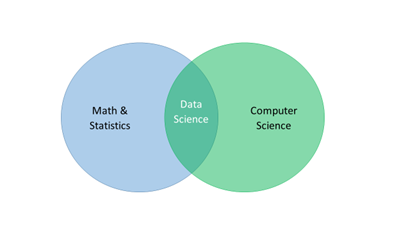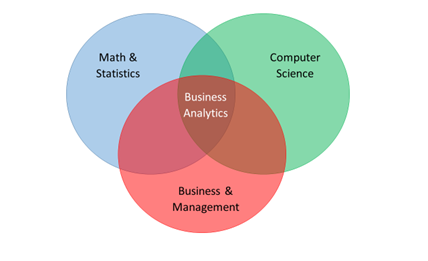At first glance, Data Science and Business Analytics can seem very similar. Both deal with information, and both are used in the business and corporate world. So what’s the difference and how should you choose which course is right for you?
Data Science: technical computer science, mathematics and statistics skills
The Master of Data Science (and the undergraduate Data Science major) focuses on developing your expertise in the specific technical skills required for wrangling with and analysing data. In this data field, you’ll be working with programming and advanced mathematical modelling.

Data science is the study of methods for discovering knowledge from data. It is an interdisciplinary field based mainly on computer science and statistics, but also drawing on communication, psychology and engineering.
Data scientists develop fundamentals in writing machine-learning algorithms and scripts for cleansing data, building data warehouses and accessing cloud storage or processing power to enhance or build analytical capability for an organisation.
Business Analytics: adding the business and management skills into the mix
A Master of Business Analytics (and the equivalent Graduate Certificate) focuses on developing the technical skills that complement those of the data scientist. In essence, you’ll be gaining the business and management skills organisations require to complement the hard data.

As a Business Analytics student, you’ll gain the core knowledge required to understand the problems an organisation faces across a range of business functions – such as human resources, supply chains, marketing, economics and so forth – and you’ll be able to apply data analytics to guide the decision-making process. Finally, and crucially, you’ll be able to communicate these results to a broad audience of relevant stakeholders.
A key focus in the Master of Business Analytics is the Business Analytics Industry Project, which will give you practical, hands-on experience working with industry to deliver data-based solutions to specific projects.
The data chain diagram

The data chain diagram above shows the sequence in which data science and business analytics are involved. Data generation begins the sequence, and requires programming skills and computer-intensive skills. Subsequently, once the data has been collected, data interpretation involves statistical and mathematical methods to understand what the data is telling us. Finally, after analysis, business analytics comes into play: data presentation, usage and sales requires an understanding of how to summarise data for end users such as a company board, supply logistics, government and other end users.
Both programs use data to drive decision making, and it’s vital that both work together to solve business problems in tandem.
Asking the what and the why
In essence, data science asks the what question (“What solution do you need?”), while business analytics asks the why question (“Why do you need that solution?”). Data science provides the depth, whereas business analytics provides the breadth and business context. Which field you should choose depends on which side of problem solving interests you more.







